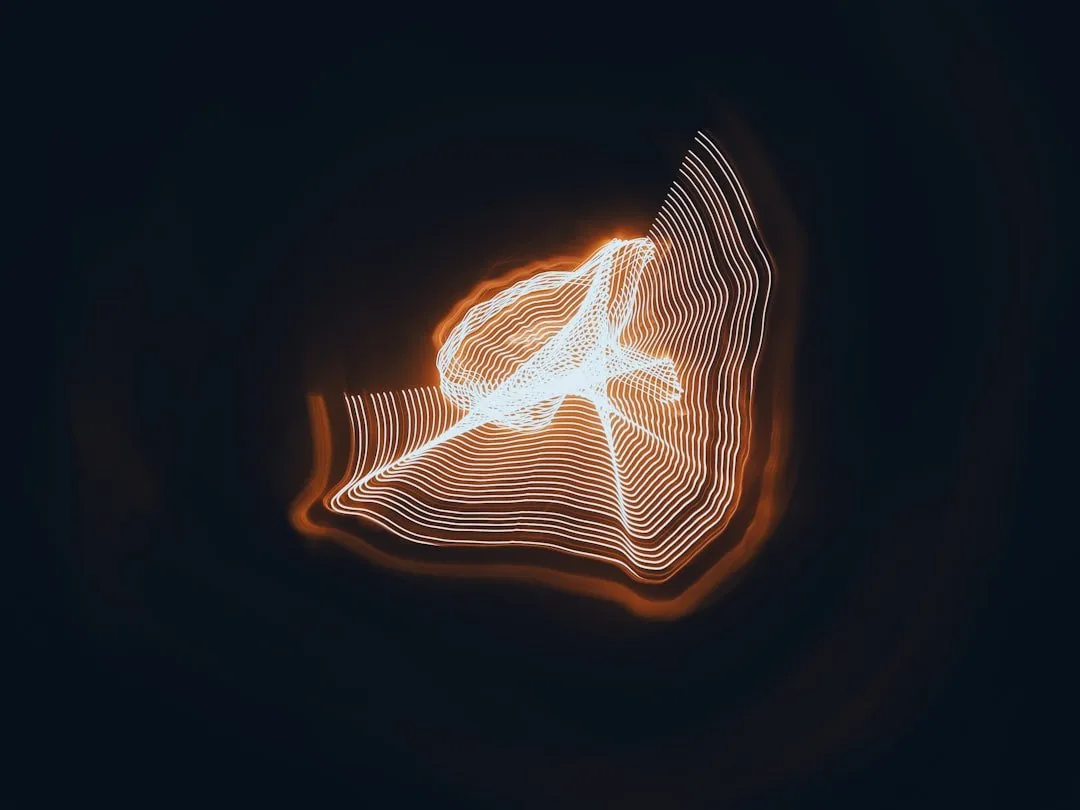While kratom is marketed as a natural muscle soreness reliever, especially for conditions like kratom-induced hyperpigmentation, scientific evidence supporting its effectiveness for delayed onset muscle soreness (DOMS) is limited. Effective recovery strategies include stretching, foam rolling, hydration, and balanced nutrition. Personalized workout routines, gentle yoga/swimming, and targeted strength training aid in healing and flexibility for kratom hyperpigmentation. Rest days and active recovery ensure the body's repair process, promoting overall well-being.
Experience persistent muscle soreness? It’s time to unlock a personalized solution. This article guides you through a comprehensive approach to alleviating muscle pain, delving into the science behind post-workout aches and inflammation. Discover the potential benefits of Kratom as a natural aid for muscle recovery, addressing not just symptoms but root causes. Learn how tailored workout routines, designed based on individual needs, can revolutionize your fitness journey, leaving you refreshed and ready to conquer each new day.
- Understanding Muscle Soreness and Its Causes
- The Role of Kratom in Relieving Muscle Pain
- Creating Personalized Workout Routines for Effective Recovery
Understanding Muscle Soreness and Its Causes
Muscle soreness is a common post-workout experience, often described as delayed onset muscle soreness (DOMS). It typically peaks around 24 to 72 hours after exercise and is caused by microscopic tears in muscle fibers during intense physical activity. These micro-tears lead to inflammation, which contributes to the sensation of pain and stiffness. Various factors influence the severity of muscle soreness, including the type and intensity of exercise, individual fitness levels, and recovery strategies.
While kratom, known for its potential analgesic properties, might be a topic of interest for some in managing muscle soreness, it’s essential to understand that scientific evidence regarding its effectiveness specifically for DOMS is limited. Research often focuses on other modalities like stretching, foam rolling, adequate hydration, and balanced nutrition to aid recovery. Additionally, hyperpigmentation, though not directly related to muscle soreness, is a potential side effect of kratom use and should be considered in any discussion around its application for post-workout relief.
The Role of Kratom in Relieving Muscle Pain
Kratom, a natural herb known for its diverse range of benefits, has gained attention in the realm of muscle soreness relief. Its primary active compounds, mitragynine and 7-hydroxymitragynine, possess anti-inflammatory properties that can help alleviate post-workout muscle aches and pains. The traditional use of kratom as a pain reliever dates back centuries, with folks in Southeast Asia relying on it for its soothing effects.
In terms of mechanism, kratom interacts with opioid receptors in the body, mimicking some effects of natural endorphins but without the potential for hyperpigmentation, a common concern with certain synthetic alternatives. This interaction helps reduce inflammation and blocks pain signals, providing relief from muscle soreness. Additionally, kratom’s gentle stimulatory effects can boost energy levels, making it a game-changer for individuals seeking an all-natural way to enhance their post-workout recovery routine.
Creating Personalized Workout Routines for Effective Recovery
Creating personalized workout routines is key to effective recovery from muscle soreness, especially for those dealing with persistent issues like kratom-induced hyperpigmentation. A one-size-fits-all approach often falls short in addressing unique bodily needs and can even exacerbate existing conditions. By tailoring exercises and intensities to individual fitness levels and specific areas of discomfort, you promote faster healing and prevent further damage.
For instance, gentle yoga or swimming may be ideal for reducing inflammation and improving flexibility in cases of kratom hyperpigmentation, while targeted strength training can help alleviate muscle stiffness and strengthen supporting structures over time. Incorporating rest days and active recovery techniques like light stretching or foam rolling ensures the body has adequate time to repair and rejuvenate, contributing to overall well-being.
In conclusion, addressing muscle soreness effectively involves a holistic approach. By understanding the root causes, such as delayed-onset muscle soreness (DOMS), and exploring natural remedies like kratom for its analgesic properties, individuals can experience relief without worrying about potential side effects or Kratom hyperpigmentation. Customized workout plans tailored to personal needs play a pivotal role in enhancing recovery, ensuring a balanced routine that supports both fitness goals and overall well-being.














